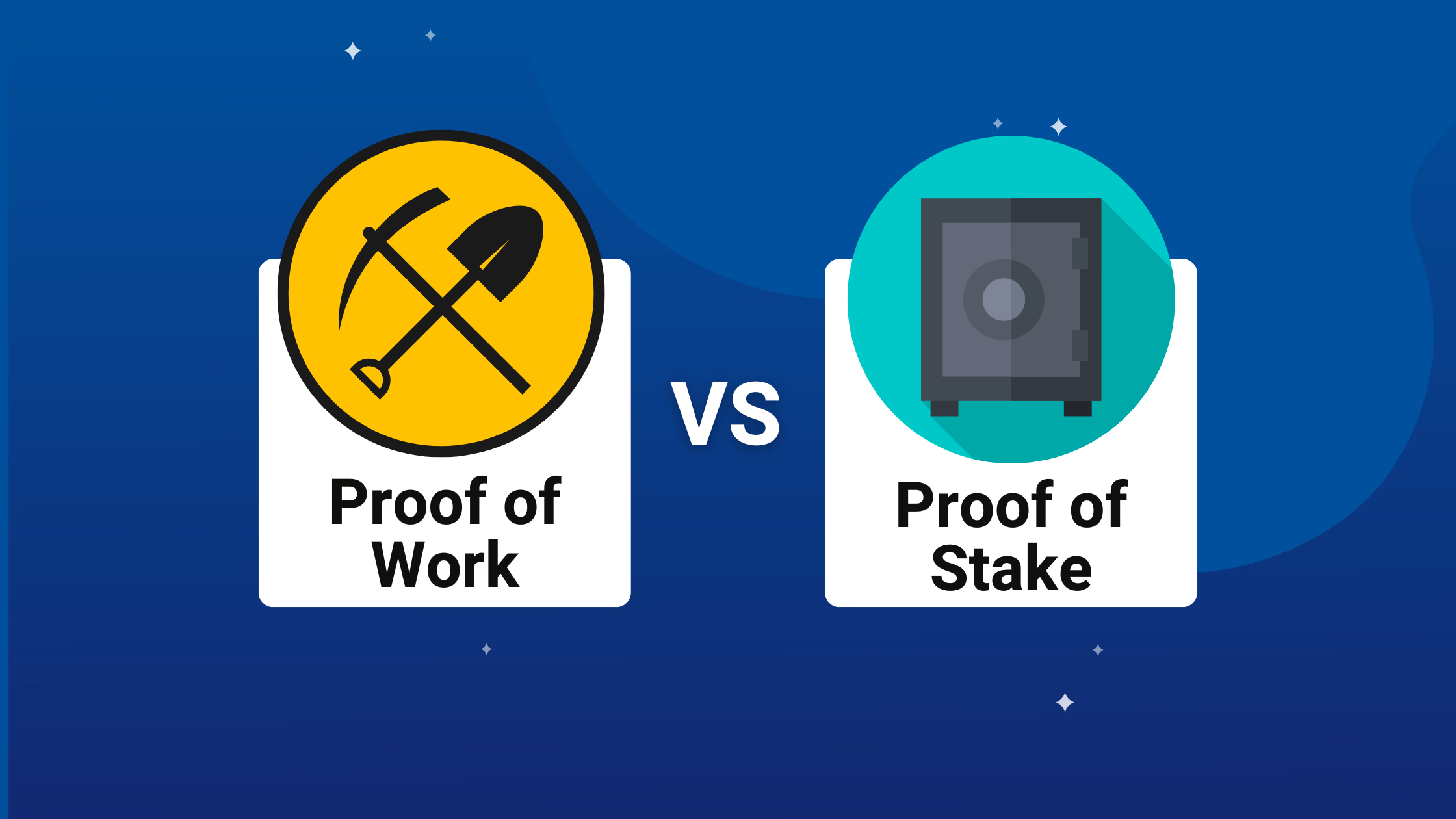Proof of Work vs Other Consensus Mechanisms: Who Wins?
Introduction
This article focuses on shedding light on the PoW consensus mechanism and that used by other cryptocurrencies.
But, before diving neck deep into the details, let me quickly define a few terminologies, because you will hear them being used again and again.
What Is a Consensus Mechanism?
A consensus mechanism is a special algorithm deployed by a blockchain network to confirm and agree on the authenticity of transactions carried out within the mining ecosystem.
It is more of a means of validation that regulates the operations of a digital coin. Understood?
The Origin of Proof of Work
Why is the Proof of Work consensus mechanism always being mentioned all the time? Why is it always making the news? What is so special about the PoW?
Good questions!
I’ve got some answers right here. Trust me, you will love it.
The Proof of Work (PoW) consensus mechanism sits at the top of the list, if we should rank different Consensus mechanisms used in the crypto space.
It has existed since the early years of Bitcoin. During its early years as a consensus mechanism, PoW was the standard used to measure every other consensus mechanism, to see how far they fared.
That influence still holds relevance today, even though there has been a mighty invasion of so many other consensus mechanisms all trying to top the list as the most accepted and widely used means of validation.
This article will have a side-by-side comparison between PoW and other consensus mechanisms to investigate which of these still pulls the strings in the market.
How Proof of Work (PoW) Works
Just like the name sounds, “proof-of-work”, there has got to be work done, and a proof to show that some work was done.
Here’s a simple breakdown of how the work is being done in PoW.
PoW works on the principle of miners figuring out complex mathematical puzzles to validate transactions [Work] and then proceeding to add them to the blockchain [Proof].
This entire process is what keeps the blockchain stable and continuously decentralized.
The cons of the PoW consensus mechanism are that the process draws a considerable amount of computational power and energy for every validation.
PoW is commonly used by Bitcoin, Dogecoin, and other notable cryptocurrencies.
Other Consensus Mechanisms Used by Cryptocurrencies
Proof of Stake (PoS)
Of all other consensus mechanisms, the Proof of Stake is in a locked chase with the Proof of Work. But mind you, their differences are as wide as day and night.
In Proof of Stake, instead of mining and trying to solve mathematical puzzles, miners just “stake” their cryptocurrencies. The person with the highest stake is chosen to validate the next block.
So it’s a no-brainer – the more you stake, the better your chances of validating the next blocks and thereby earning more rewards.
Solana, Ethereum 2, and Cardano are examples of cryptocurrencies with this consensus mechanism.
The pros of PoS are that it is more energy efficient than PoW. On the flip side, the cons abound as well.
For example, it is a slope-sided approach tilting to one end – the rich who have more coins get richer by staking more coins, while those who barely have anything might be forced to stay out of the game.
Delegated Proof of Stake (DPoS)
This consensus mechanism works more like a parliamentary system that involves members voting to elect a group of persons to validate blocks.
It has the feature of fast block confirmation because of the number of trusted validators.
The consensus mechanism is used by EOS, Steem, Tron, and other cryptocurrencies.
The pros remain that it has a fast validation time, and users have voting power. However, the downside to the bargain is that power is left with only a select few.
Proof of Authority (PoA)
This consensus mechanism is mostly used by private blockchains where a few pre-approved nodes are used to validate transactions.
This is used by Vechain and other blockchains.
The pros and cons of this consensus mechanism are direct opposites.
The pros are that it is very efficient and ideal for private settings, while the cons, on the other hand, are that public blockchains can’t sign up for this method.
Cheap Remote Crypto Mining for you – Click Here
Conclusion
If you followed through carefully, I believe you’d see there’s no one-stop answer to which of these consensus mechanisms discussed is the prime ultimate.
The choice at this point all depends on the blockchain’s goals and interests.


